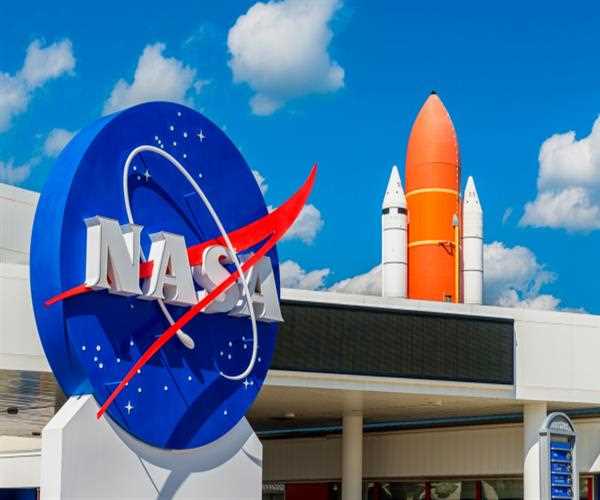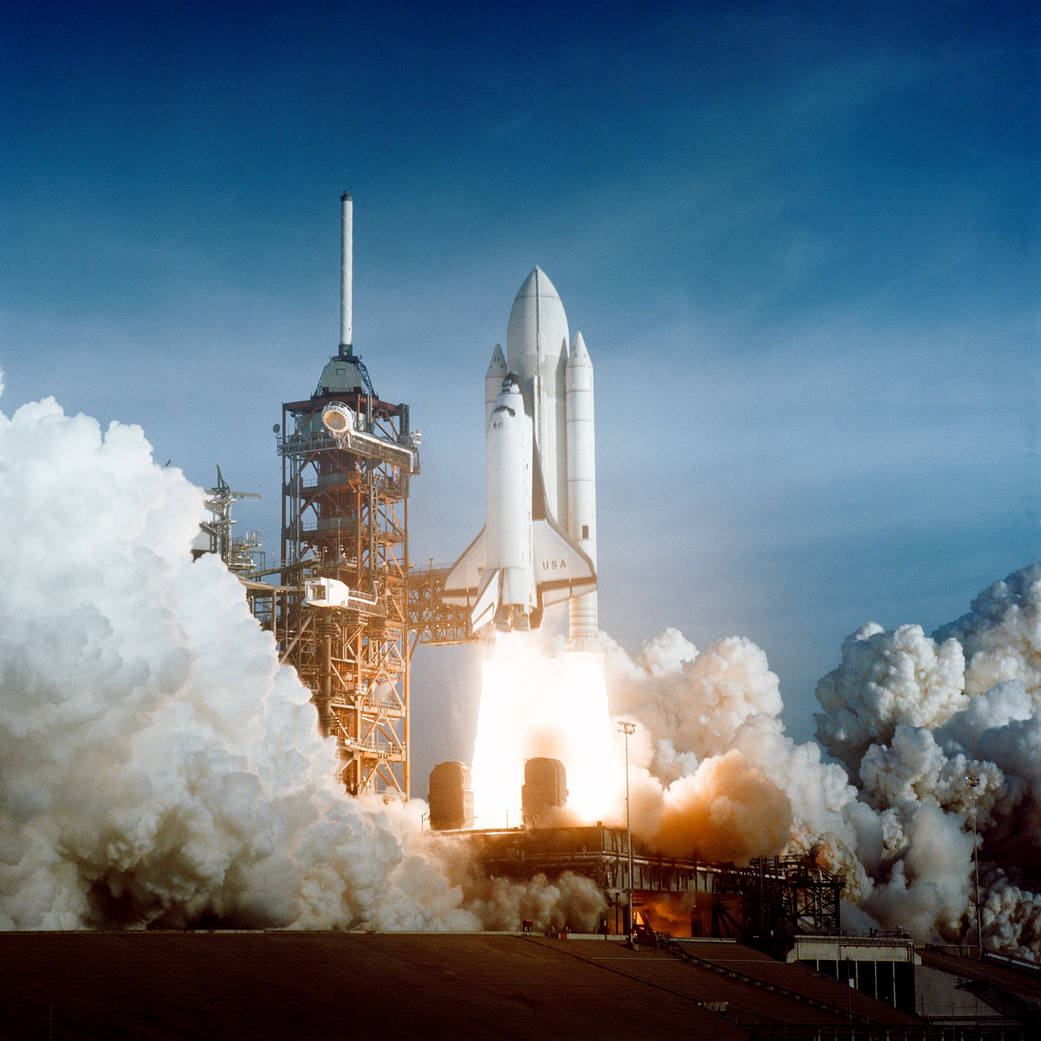Search here

24-May-2024 , Updated on 5/25/2024 10:39:32 AM
Who started NASA and why?
NASA was founded in 1958 when space technology was rapidly being developed by the Soviet Union. The coming of NASA is very crucial in the history of American science and technology with a blend of political, scientific, and security factors. Let’s see what led to the formation of NASA and how it happened.
The Russian Sputnik Crisis and the Foundation of NASA
The history of the formation of NASA started with the first space exploration satellite Sputnik 1 shot by the Soviet Union on 4 October 1957. Sputnik 1 was the first artificial earth satellite that was ever launched, and this event signaled the start of the-space race between the USA and the USSR. The Soviet Union’s subsequent launch of Sputnik 2 did not dampen the spirits but rather amplified the race and feeling of impending competition.
Thus, the United States – which was taken by surprise by the Soviet breakthroughs – saw the necessity to act vigorously. The ‘Sputnik Crisis’ raised questions about national security and the leading-edge technologies. There emerged an opinion that the U. S. has to strengthen its scientific and technological potential, or chiefly space activity.
Charting of Eisenhower’s Vision and his Early Moves

President Dwight D. Eisenhower can be considered as one of the pioneers behind the formation of NASA. Eisenhower spoke to the nation on the seventh of November 1957, focusing on increasing the quality of education in sciences and technologies. He declared the name of Dr. James R. Killian, Junior, who was the president of Massachusetts Institute of Technology, as his Special Assistant on Scientific and Technical Questions. This shift showed the new direction that was more structured and also more professional or rather less military.
Eisenhower's vision for space exploration was clear: He then wished to create a civilian organization that would solely engage in space exploration other than for military purposes. On November 13, 1957, in a speech in Oklahoma City, he enunciated on national television his vision of putting forward a civilian space agency for the very first time.
Congressional Hearings and Debates
The need to establish a national space program was the highlight of the Senate Preparedness Subcommittee hearings starting from November 25, 1957. These meetings presided by Lyndon Johnson focused the nation’s attention on the missile and space matters. And other all these professionals presented their views on the issue relating to the status of the U. S missile technology along with the sequence of events that led to the launch of Sputnik.
John Hagen testified one of the reasons was that the U. S could have beaten Sputnik to orbit if Project Vanguard had been given higher priority. It made people realize the necessity of proper coordination as well as right focus on the space endeavor.
The Role of NACA

As the debate about the promotional structure of the U. S. space program goes on, the NACA was considered as the viable core for the space agency. Founded in 1915, NACA had already spent over four decades researching and developing aeronautics and was all but ready to expand the scope of its work to space.
In January 1958 NACA formulated a “Special Committee on Space Technology” and got the contribution of the booster program of the Army Ballistic Missile Agency Wernher von Braun. This committee made the provision of the future space agency much easier.
Actions of the Congress and Formation of NASA
Specifically, in March 1958, the US President Eisenhower entered Congress to speak on the necessity of creating the US civilian space agency. He suggested changing NACA for the National Aeronautics and Space Agency, alternatively NASA. This was pushed further and with supporting bill passing through Congress, on the July 29, 1958 Eisenhower signed the National Aeronautics and Space Act into Law formally founding NASA.
The change occurred smoothly as NASA was created as an offshoot of the NACA; thus, it assumed all the properties, projects, employees, and funds that belonged to NACA. These were research laboratories that were under the NACA as part of its branches namely, Langley Aeronautical Laboratory, Ames Aeronautical Laboratory, and Lewis Flight Propulsion Laboratory.
Early NASA and Its Mission

NASA was founded on the 1st of October 1958 when it assumed several earlier interrelated projects and enterprises from other administrations. This entails a segment of the Army Ballistic Missile Agency as well as the Naval Analyze Laboratory. The approximate preliminary labor strength of the nascent NASA comprised of roughly 8, 240 employees, which was composed of a majority of transferred civil servants from the NACA.
NASA's early mission focused on two primary objectives: carrying out scientific experiments with the help of robots and creating necessary conditions for creating space shuttles for people. Soon the agency was on the path of Project Mercury the goal of which was to launch the first Americans into the space. McDonnell Aircraft Corporation was contracted by NASA to design the Mercury spacecraft by January of 1959.
Conclusion
The establishment of NASA can be attributed to a serious concern that arose due to Soviet early success in space technology. Dedication and support from President Eisenhower in collaboration with other leaders and influential personalities from the area of science and administration enabled the development of a civilian space agency. The establishment of NASA meant the start of a new age of space exploration, born of the need to make scientific progress and retain technological dominance in the world. Now, NASA still motivates and drives further space discoveries and exploration, which was outlined more than fifty-six years ago.

Student
An MBA in finance imparts and improves management aptitude, inventive ability, critical thinking ability, and so forth. It offers a real-time experience that fabricates a staunch career foundation for students and working professionals. It helps them to thoroughly understand the financial sector.
Join Our Newsletter
Subscribe to our newsletter to receive emails about new views posts, releases and updates.
Copyright 2010 - 2025 MindStick Software Pvt. Ltd. All Rights Reserved Privacy Policy | Terms & Conditions | Cookie Policy